- Home
- international
- news
- Inside Varanasi, India's holy 'City of Death,' where people hoping to break the Hindu cycle of rebirth go to die
Inside Varanasi, India's holy 'City of Death,' where people hoping to break the Hindu cycle of rebirth go to die
James Pasley

- Every year, about 20,000 people pilgrimage to Varanasi, India's holiest city, to die.
- Some Hindus believe they can break out of the cycle of rebirth if they die and are cremated in the city.
Every day, the dying arrive in Varanasi, India's holiest city.
These people — primarily Hindus — come to Varanasi, dubbed the "City of Death," hoping that by dying and being cremated there, they can break out of the Hindu rebirth cycle and attain salvation.
About 100 people are cremated across the city every day.
But often these people don't die as quickly as they expected. They are forced to take temporary lodging and wait until their time is up. Some people don't last long, while others live on for decades waiting for the end to come.
Varanasi, in northeast India, is the country's most religious city and one of the world's oldest cities.
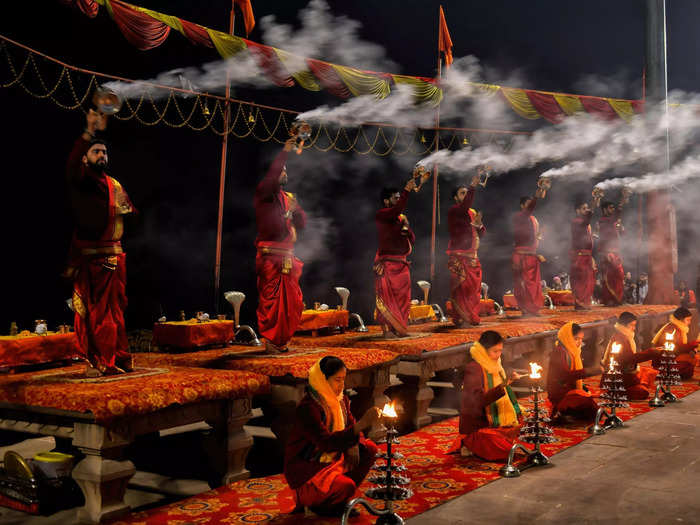
Varanasi is known as the city of light and has been part of Hindu culture for about 3,000 years. It was also once called Kashi.
Sources: CNN, New York Times, New York Times
The city sprawls out along the banks of the Ganges River. According to one travel guide, while the Ganges usually flows east and west, it flows north and south so that it can "touch" Varanasi.
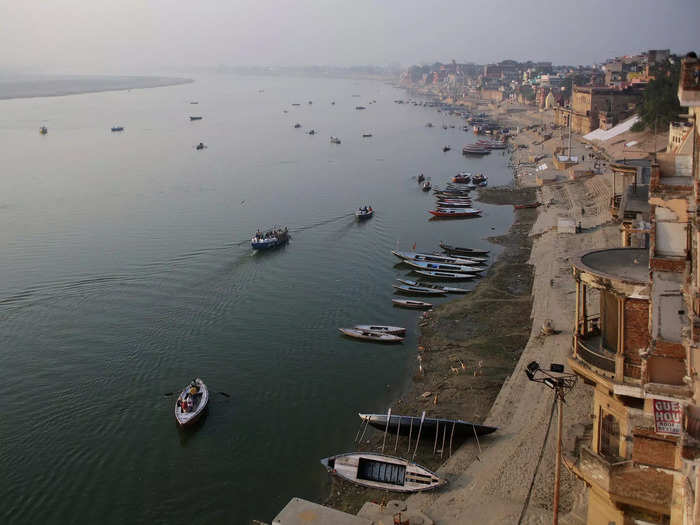
Sources: New York Times, New York Times
Despite Varanasi's nickname of "The City of Death," more than 1 million people live there.
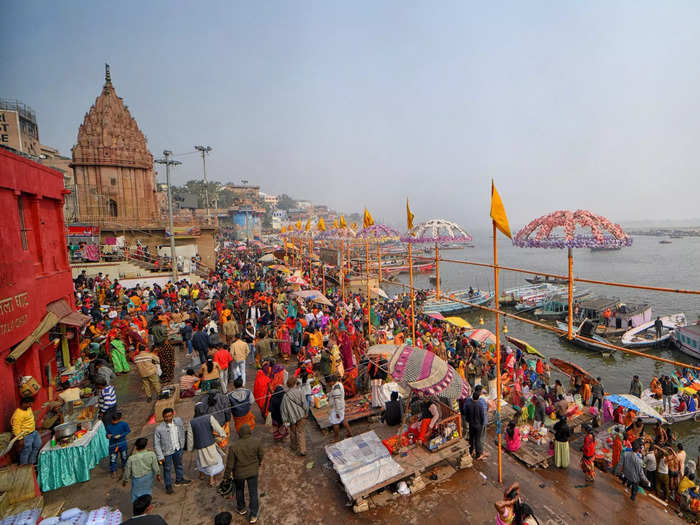
Among its grim nickname, the city also deals with issues of poverty, pollution, and overpopulation.
But it is also thought to be India's most holy city.
Sources: Al Jazeera, CNN, National Geographic
Oil lamps burn across the city, and the sounds of temple life, of prayer and bells, reverberate from the temples.
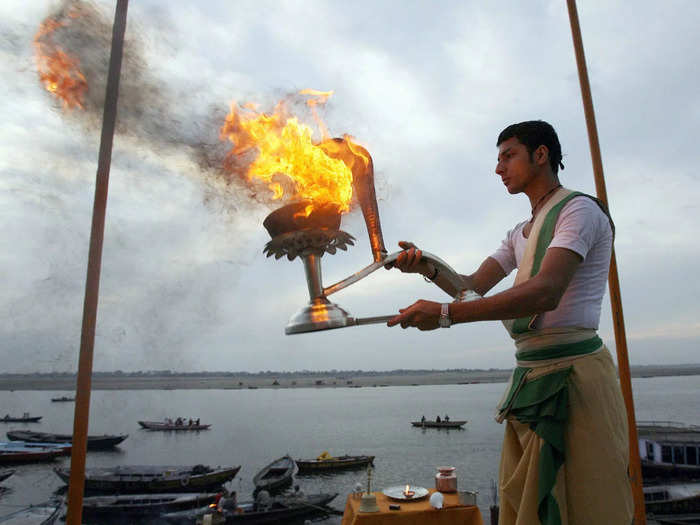
Source: CNN
The city is dotted with ancient temples. There are an estimated 3,600 in total.
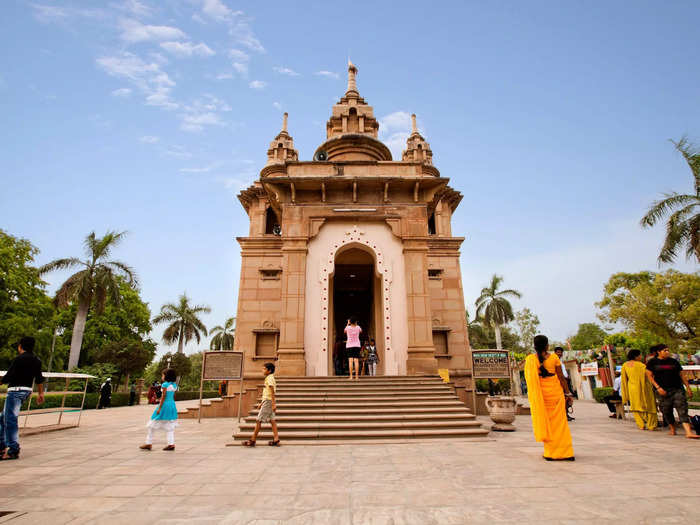
Sources: New York Times, Tribune India, CNN
Hindu holy men are also a common sight.
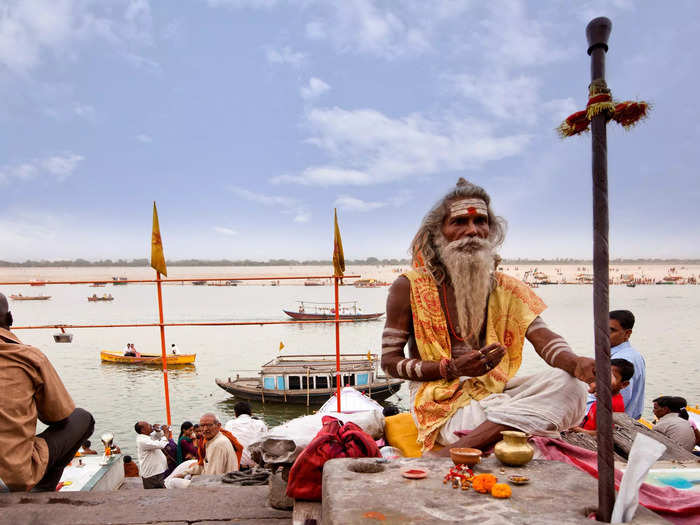
Source: CNN
Despite all of this, the city's main draw is its death rituals.
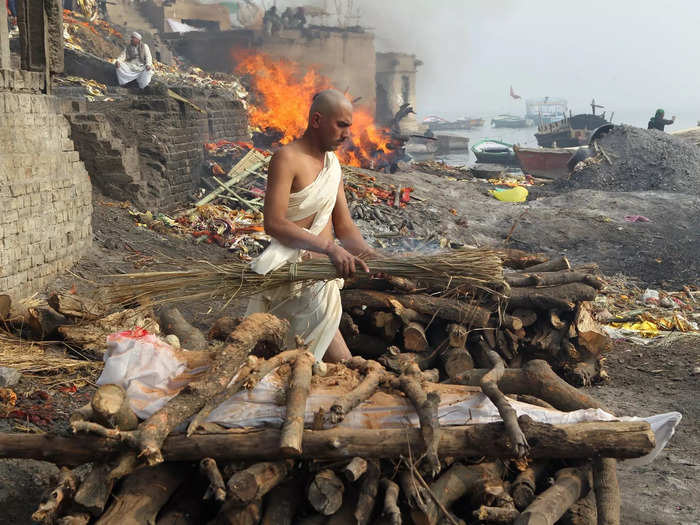
Source: Tribune India
Hindu people journey to Varanasi when they're dying in the hope of finding salvation. They believe they can break out of the cycle of rebirth and be cleansed of their sins if they die here and are then cremated. It's known as attaining "Moksha."
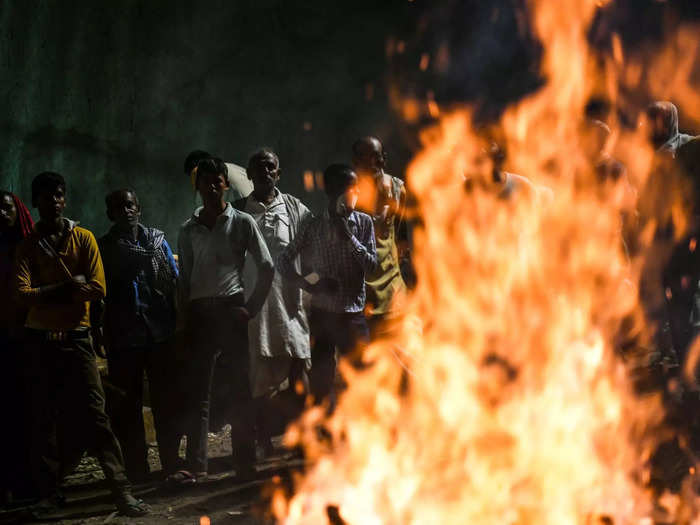
Sources: New York Times, Al Jazeera, Reuters
Every year, about 20,000 people — some on crutches or stretchers, or in old cars — make the pilgrimage. Often these people have come from thousands of miles away.
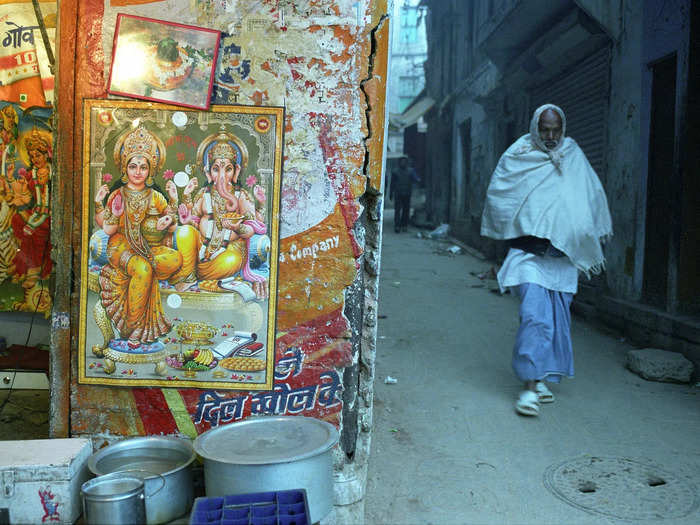
Sources: New York Times, Tribune India, South China Morning Post
They arrive believing death is imminent, but often they end up living on. If they don't immediately die, they move into temporary accommodation, which is funded by businesses and charities.
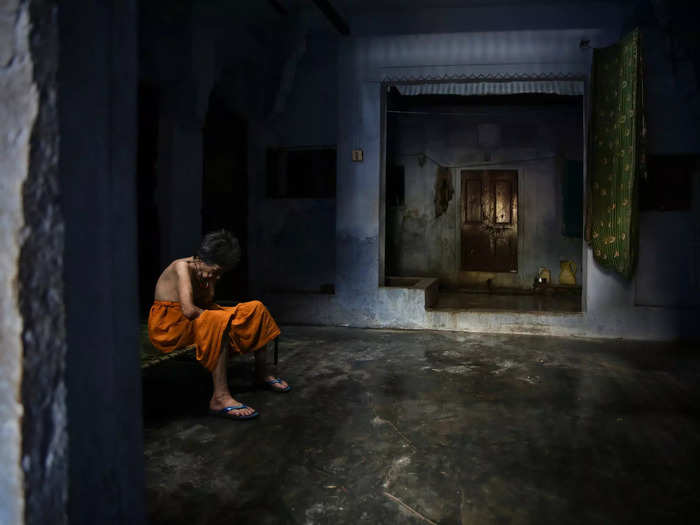
"They all live close by, waiting for death," Satyendra Singh, a local businessman, told The New York Times.
Sources: New York Times, Tribune India, Al Jazeera, BBC
There are about 200 of these temporary "hotels" across the city.
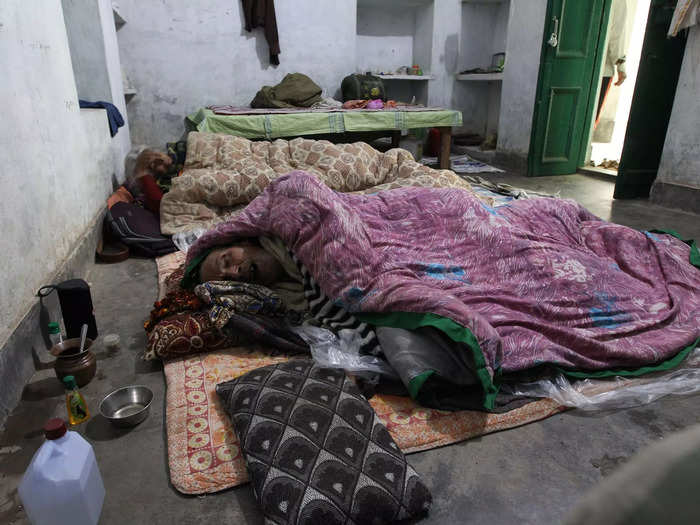
Some charge a small fee for electricity. Others, like an establishment called Moksha Bhawan, which translates to Salvation Home, let those who can't afford to pay to stay on anyway.
In 2013, a man named Manbudh Tripathi told Al Jazeera he had gotten to Varanasi to die 17 years earlier.
He said, "I have been waiting for the day to come when I will leave this world never to return. My sons send me money every month but it has been more than 10 years since I last saw them."
Another accommodation called Kashi Labh Mukti Bhawan was more restricted. People could only stay if they were going to die in the next 15 days. If they lasted longer, they were asked to leave.
Sources: New York Times, Tribune India, Al Jazeera, BBC
When someone does die in Varanasi, their body is wrapped — usually in white — and adorned with marigolds. Here the person has been wrapped in gold.
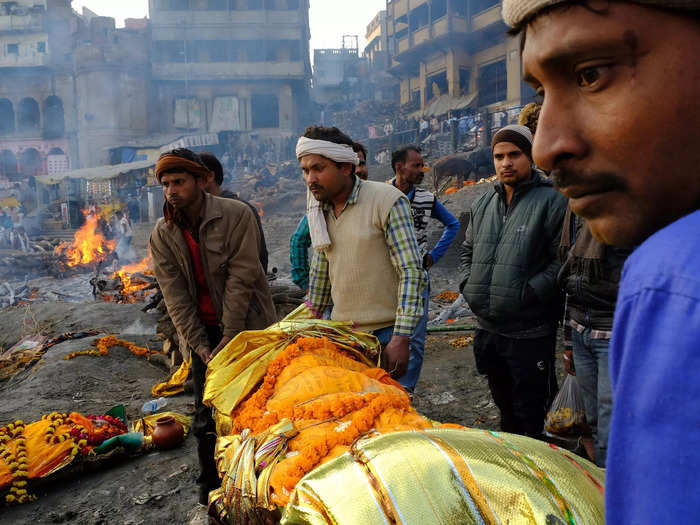
Sources: CNN, New York Times
Then they are brought down to the city's "ghats," which are wide stone landings separated by steps that lead down to the Ganges.
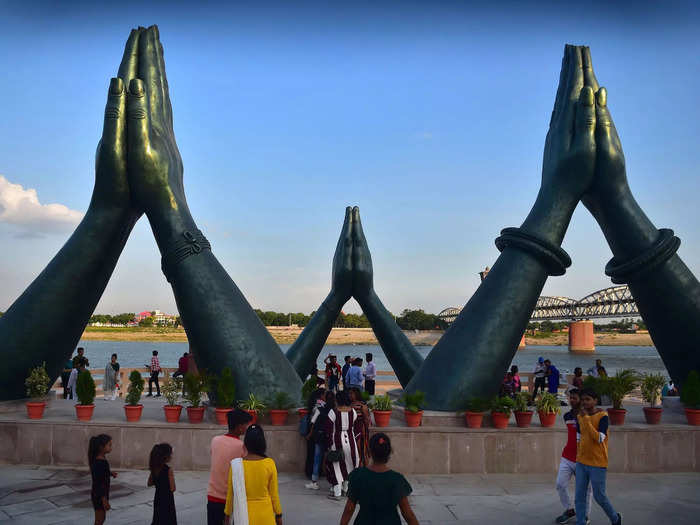
Sources: CNN, New York Times
Fires burn constantly on the ghats to cremate the dead. Although estimates vary, around 100 people are cremated every day across the whole city.
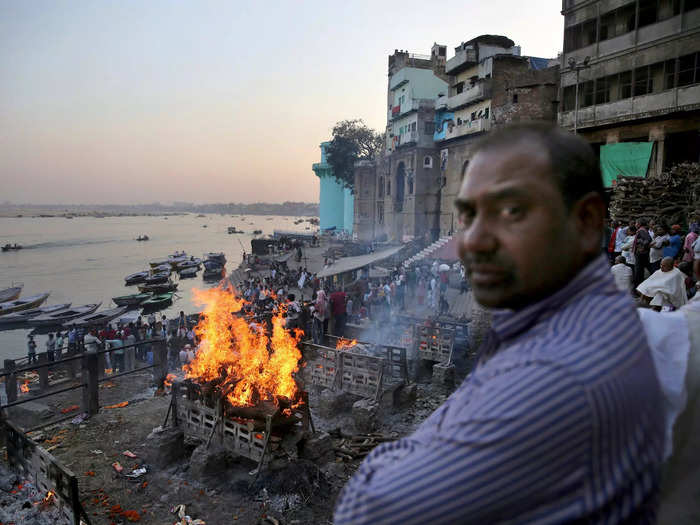
Sources: CNN, New York Times, National Geographic
Manikarnika Ghat, one of the city's oldest cremation ghats, is responsible for burning 32,000 bodies each year, according to a CNN report from 2014.

Death here is normalized. Locals nearby wash laundry while kids play close by without concern. Relatives of the dead wait for the pyres to burn down so they can spread the ashes in the Ganges river.

Source: New York Times
Tourists flock to the river to watch the cremations. Locals have noted an increase in recent history, but it's not a new attraction. In 1913, tourists were photographed sitting on woven chairs with a prime view of cremation.
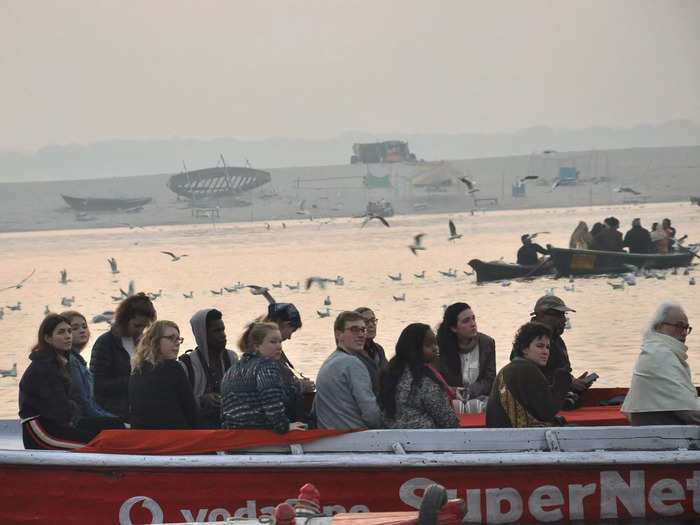
Sources: CNN, Tribune India
Even Queen Elizabeth visited in 1961, taking an elephant ride through the city.
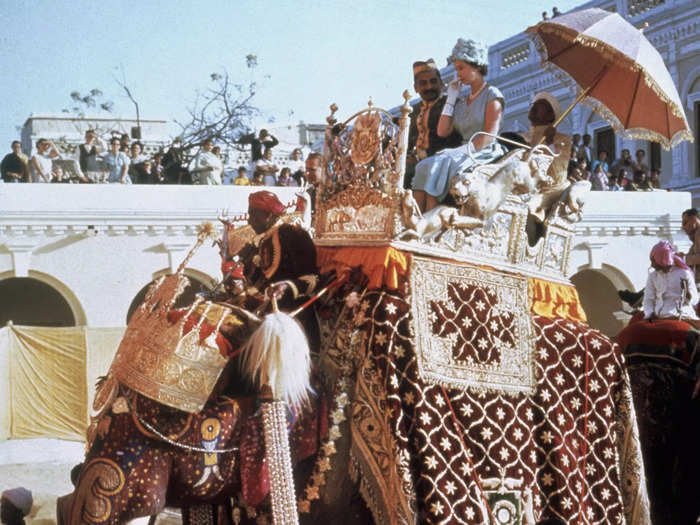
Source: The Print
Some locals make a living out of the process. They work as guides or sell souvenirs.
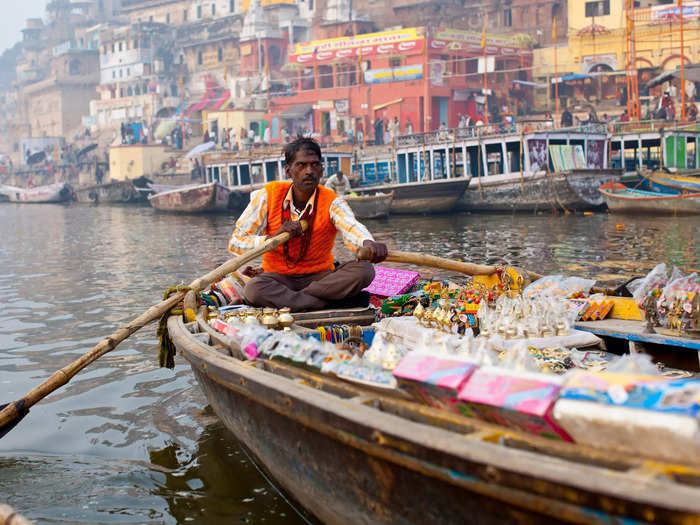
Source: CNN
The Doms, a group belonging to a Hindu caste, earn their living by running the cremation pyres and maintaining the source fire that is used to light all of the pyres.
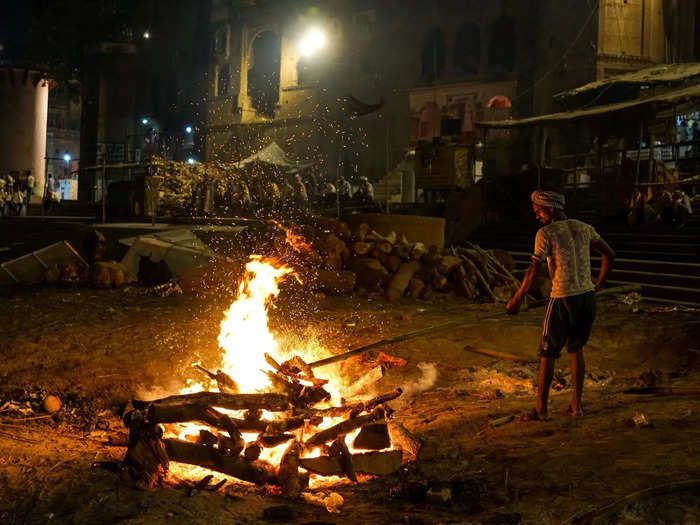
The cost of a cremation can be negotiated, but a typical price in 2017 was $5 per body.
"One cannot enter the gates of heaven if their bodies are cremated without the presence of a Dom," a Dom named Yamuna Devi told Reuters.
"But people only respect us when it's time for death so we have made a life, living amongst the dead," he said.
Source: Reuters
But some locals believe the city's reputation as a destination for death tourism has become too much.
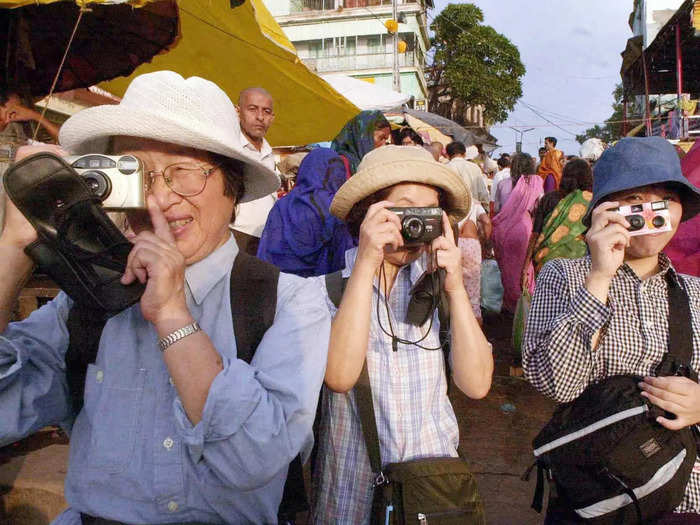
One study found that tourist reviews of the city all focused on words like "death" and "cremation" rather than "religion" or "philosophy."
Sources: Tribune India, South China Morning Post
Sumitra Gupta, formerly the head of history at Banaras Hindu University, told Tribune India that she had noticed an increase in focus on the city's "death tourism."

"Western society is quite alienated from death as a culture," she said. "So, when they visit Varanasi, they are fascinated to see cremations taking place publicly at Manikarnika Ghat.
"But it is more than a cremation ground," she added.
Source: Tribune India
A local priest named Vibhuti Diwedi told Tribune India, "There is so much history, literature, and spirituality in the city we want to show to people. We would wish to see that being promoted rather people coming here to die."
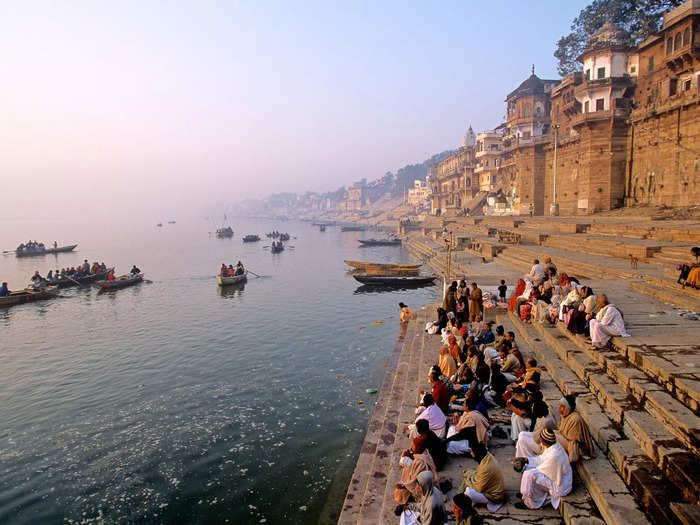
Source: Tribune India
Popular Right Now
Popular Keywords
Advertisement